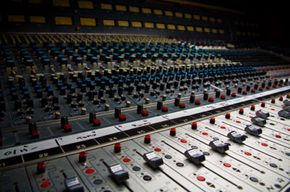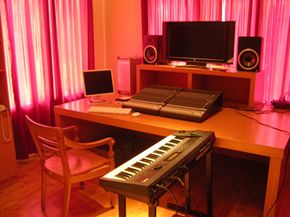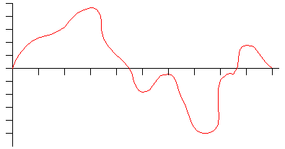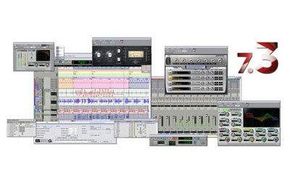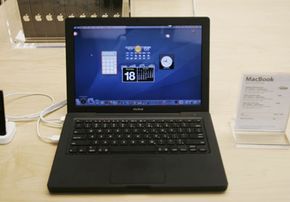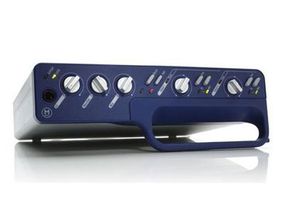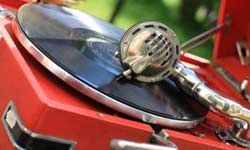Just a couple of decades ago, if a band wanted to record an album, it only had a few options. Some artists would rent time in a professional recording studio filled with expensive equipment. Others would invest in personal recording studios, either building new structures or converting existing ones into studio space. Building a personal studio can be very expensive, and the space has to be large enough to hold all the equipment needed to produce high quality recordings.
Today, computers and advanced technology make creating a personal recording studio more accessible and affordable. And unlike the large recording studios of the past, you can take these on the road with you. Some bands, like They Might Be Giants, record many of their live performances and make them available to purchase later. The recording studio has gone portable.
Advertisement
Not only can musicians and audio engineers carry around their own recording studios, they can more easily afford their own equipment. A professional recording studio might cost tens of thousands of dollars to construct and bring online. A portable studio can cost a fraction of that. Still, you get what you pay for. If a band chooses to skimp on certain equipment, it might find that the recordings it produces aren't of the best quality.
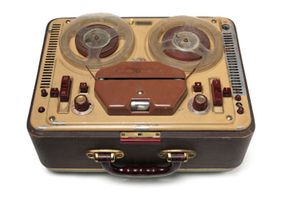
The components of a portable studio are very similar to a traditional recording studio's equipment. But a portable studio tends to assign multiple production tasks to a single device so that only a few pieces of equipment handle the same duties as a studio full of gear. And just because a studio is portable doesn't mean you can pop it into your pocket. Depending on the components involved, a portable studio might require an audio engineer a few trips back to the van to carry it all inside.
What kind of equipment would you find in a portable studio? Keep reading to find out.
Advertisement
